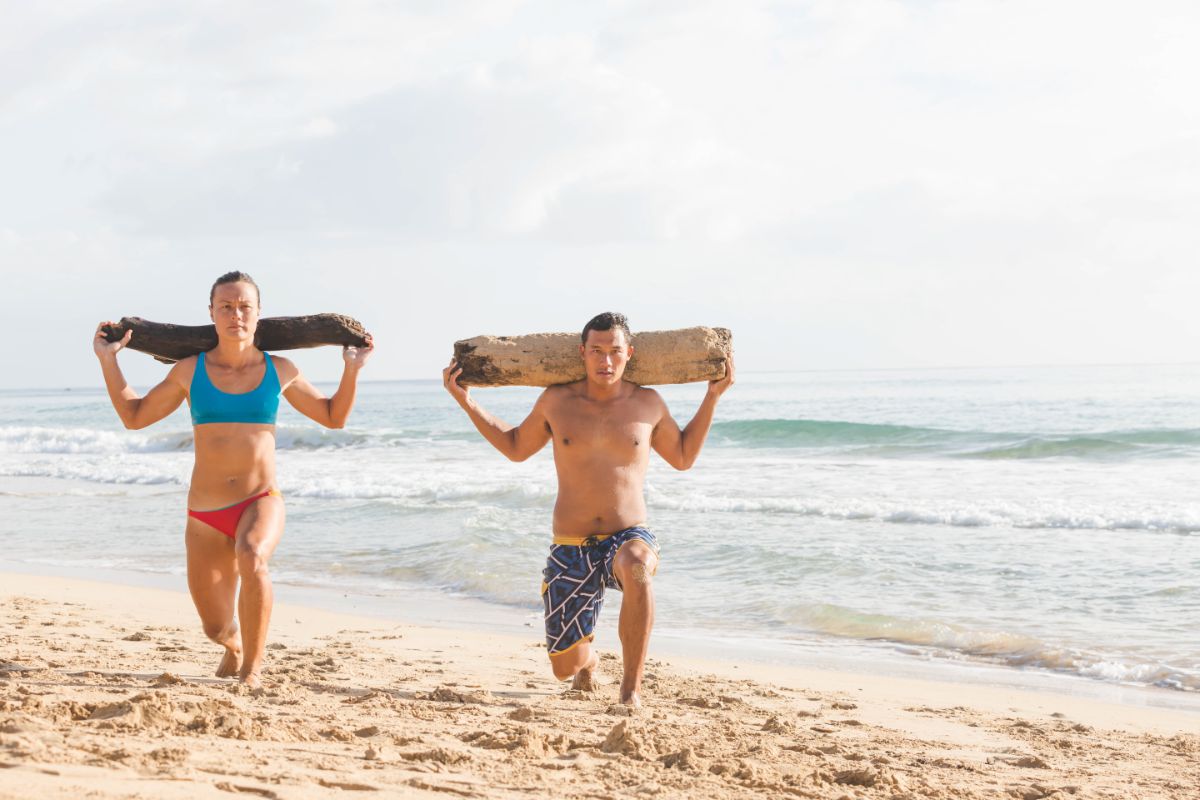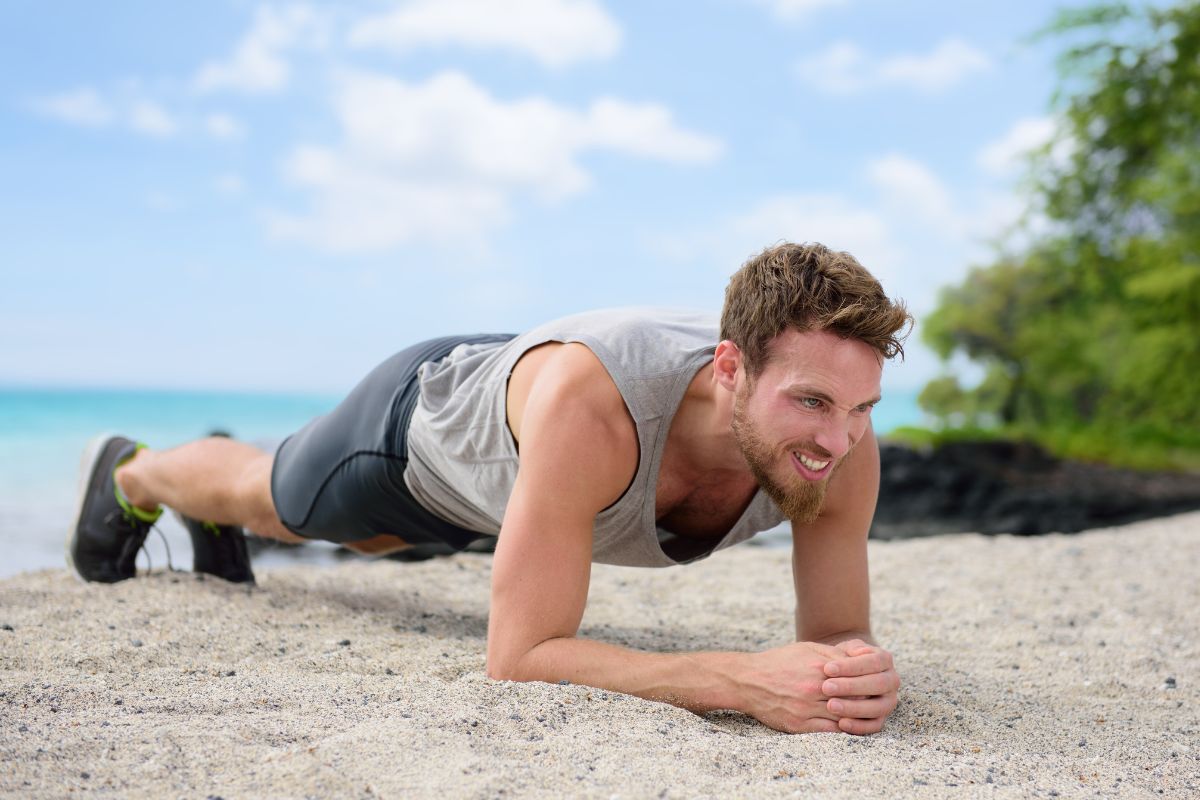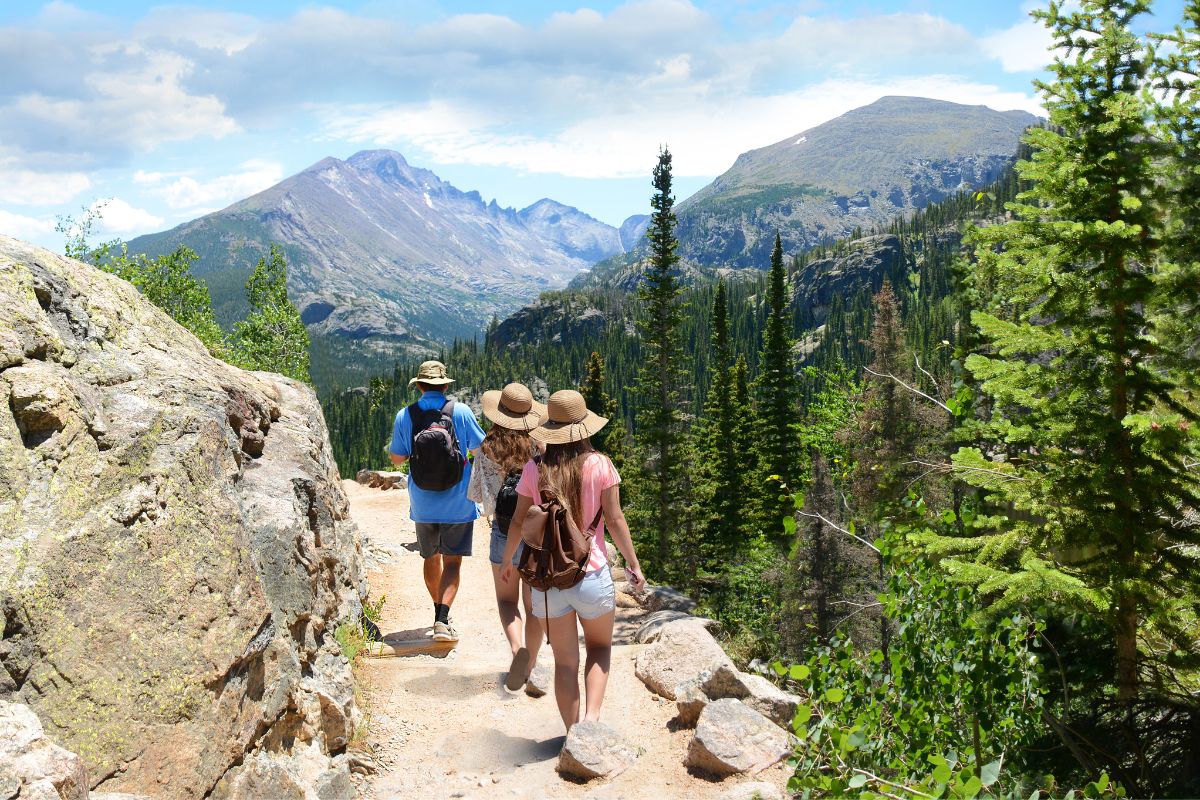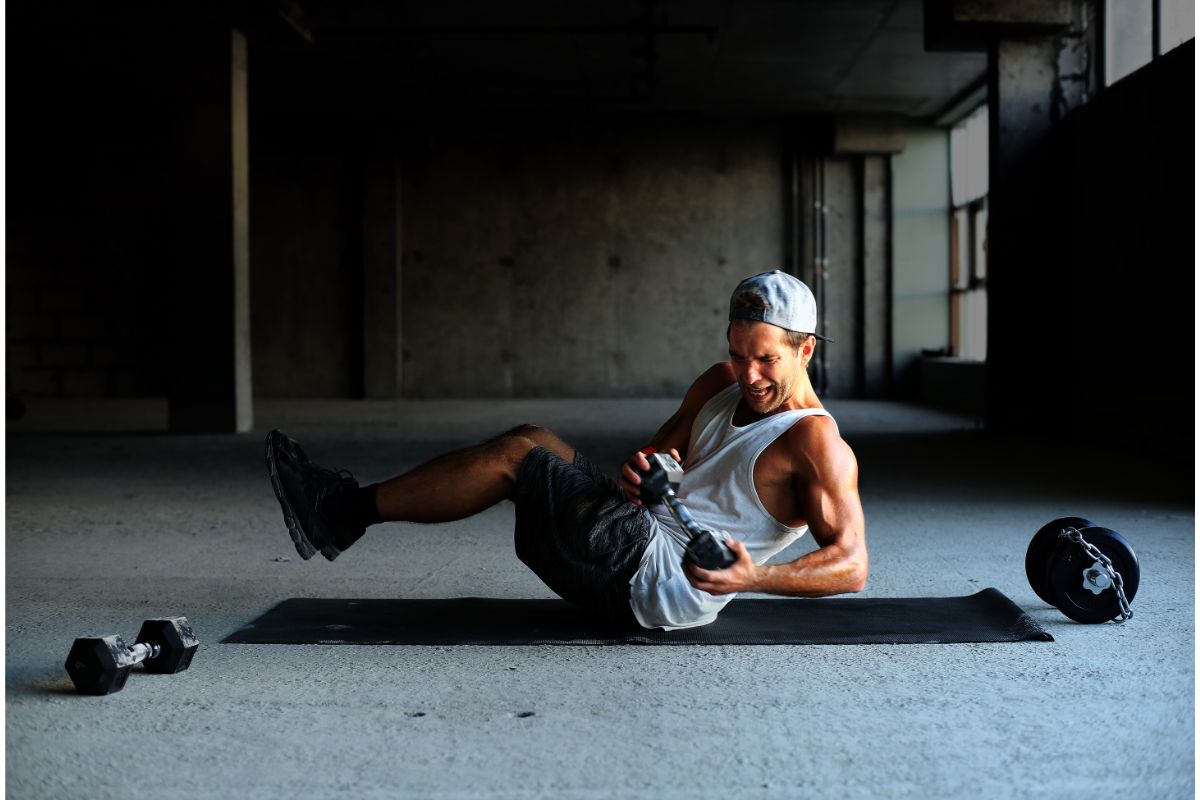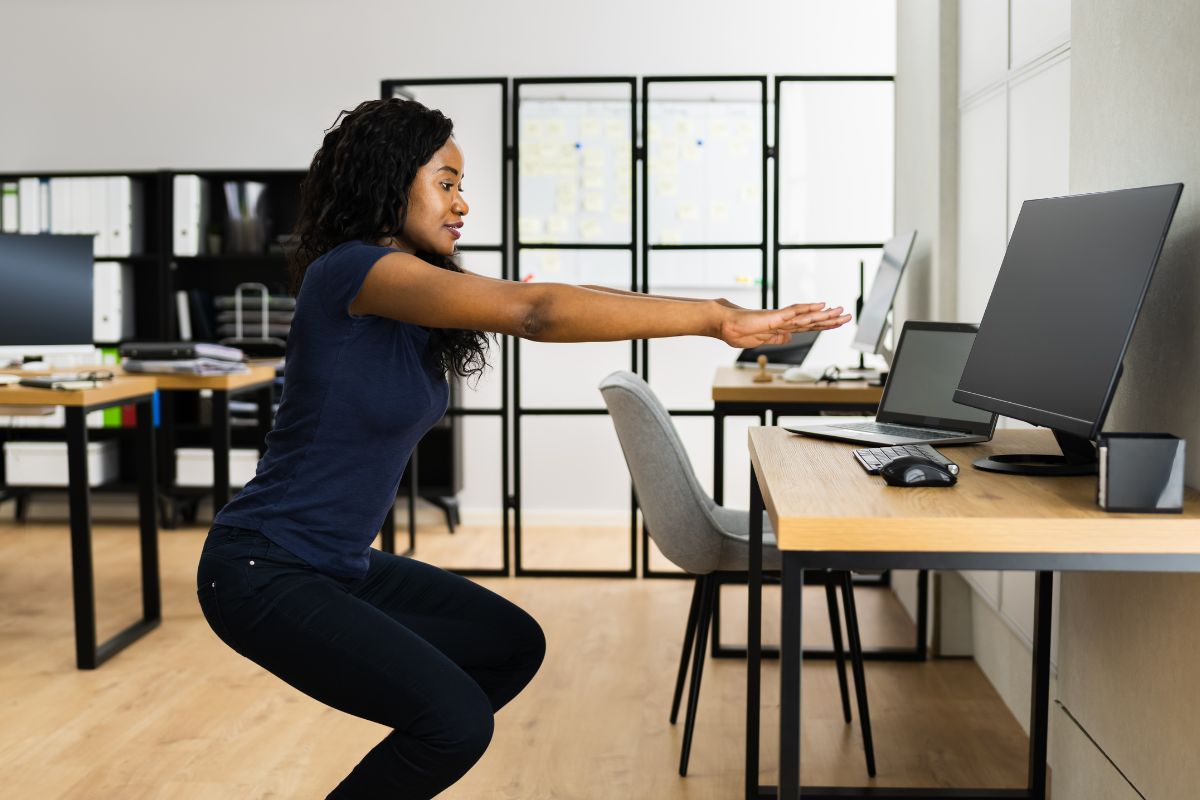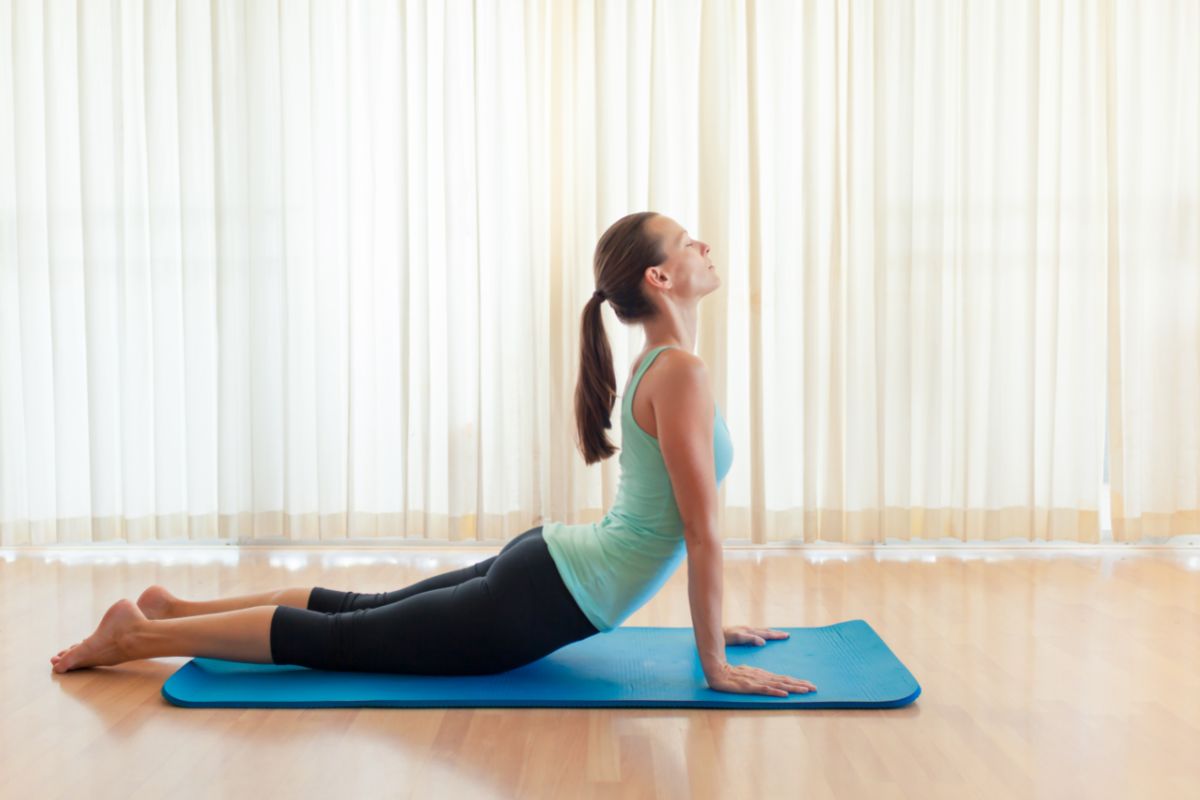Last Updated on December 9, 2022 by TJ Daniels, Certified Personal Trainer
There will come a point in almost every person’s life when they want to travel.
Sometimes this can be done as a short vacation and other times it needs to be done for a longer period of time due to the destination, but in almost all instances, there is a good chance you will be doing some sightseeing and can go backpacking.


Backpacking is fun and can even be quite an adventure if you plan your route accordingly! You could also choose to camp outdoors and virtually ‘live’ out of your backpack, creating a very unique experience.
Unfortunately, gym and muscle gains will not survive long trips if you don’t properly plan, and you may find yourself losing muscle mass on your journey.
So, what can you do to maintain muscle and stay fit? How can you keep your hard-earned gains when you are traveling? In this article, we seek to answer this question for you and give you five tips to keep your fitness gains.
Constant Cardio
There is no doubt that you are going to do a lot of cardio while backpacking. Most of the time you will be walking around cities or hiking to new places.
Walking and hiking are great cardiovascular exercises that will help you to stay fit, however, walking alone may not help you keep your muscle mass and all of those hard-earned gains.
Walking around with a heavy backpack can aid in keeping your gains, but you need to break into a proper sweat for at least a short time once per day.
Therefore, we would recommend a couple of other cardio-related exercises along with the continuous walking and periodic hiking.
The first is running. Running can be done anywhere at any time, making it immediately accessible to any backpacker. You don’t even have to run for that long as between 10 and 20 minutes per day should maintain your body in the state you would like.
This next one is a bit trickier and depends on where you are traveling and is swimming.
There are a lot of travel locations that do have access to water. If the temperature allows for it, going for a long swim will do wonders at keeping you in shape.
Swimming is a great low-impact activity that can help you maintain a good level of cardio without hurting your body.


Lo-Fi Resistance Training
While backpacking, you are unlikely to have access to a gym. And if you are a regular in the weight room this could be worrisome.
It’s important to realize that finding appropriate resistance or strength training equipment is going to be difficult. However, that does not mean that you must forego resistance training altogether while backpacking.
There are many ways to train and keep your upper body gains without access to a gym or equipment. For example, there are many bodyweight exercises you can do push-ups, pull-ups, or burpees and you can use nature to create different angles and heights to vary your workout.
Putting your feet on a tree stump will allow you to work a different portion of your chest versus a regular push-up. Or, doing dips against a boulder will nicely replicate what you would normally do at home.
And we all know what a great workout rock climbing is if you have a chance to do that activity!
You could even bring resistance bands if you have room since they are so light and easy to pack.
The bottom line is there are plenty of makeshift exercises that can be done to prevent muscle loss.
Maintain A Diet


When backpacking, you are likely going to be offered and want to eat a lot of unhealthy food and drink. We know. We would want to do the same, after all, it is a once-in-a-lifetime trip and that is the nature of backpacking and the foods that you find in various towns and cities can be amazing.
Unfortunately, if you want to maintain your peak body and stay fit, then this is not ideal. Sure, you can stay slim even with junk food from all the walking and cardio you would do, but you wouldn’t be healthy or have your gym gains anymore.
As such, in order to keep these, there is nothing that you can do about this but try to maintain a good diet while you are backpacking. Be sure to include plenty of vegetables in your meals and try to have healthy snacks.
Make sure you eat a good breakfast to keep your metabolism and routine up. Drink plenty of water because dehydration is bad for you, and it will help to maintain your weight while you are on the road.
You should also try to eat a low-carbohydrate, high-protein meal 2-3 times a day. This will help to maintain your muscle mass and keep you energized while you are on the road.
Now, we are not saying never to indulge because that is absurd. You are on the trip of a lifetime, maybe with great friends or a beloved partner.
So definitely have a bad meal once in a while, try the local delicacies, and drink a glass of the local brew.
Just be sure the next day you get back into a good eating routine and that way you can maintain what you’ve worked hard for.
Stretches And Isometrics
Doing stretching and isometric exercises is a fantastic way to maintain a fit physique. For the stretching part, all you need to do is wake up and do a 10 to 20-minute stretch routine.
In this amount of time, you can adequately stretch all of your major muscles.
This will not only keep them flexible and limber but also make it easier for your muscles to be used in whatever exercise you plan to do that day without overusing them.
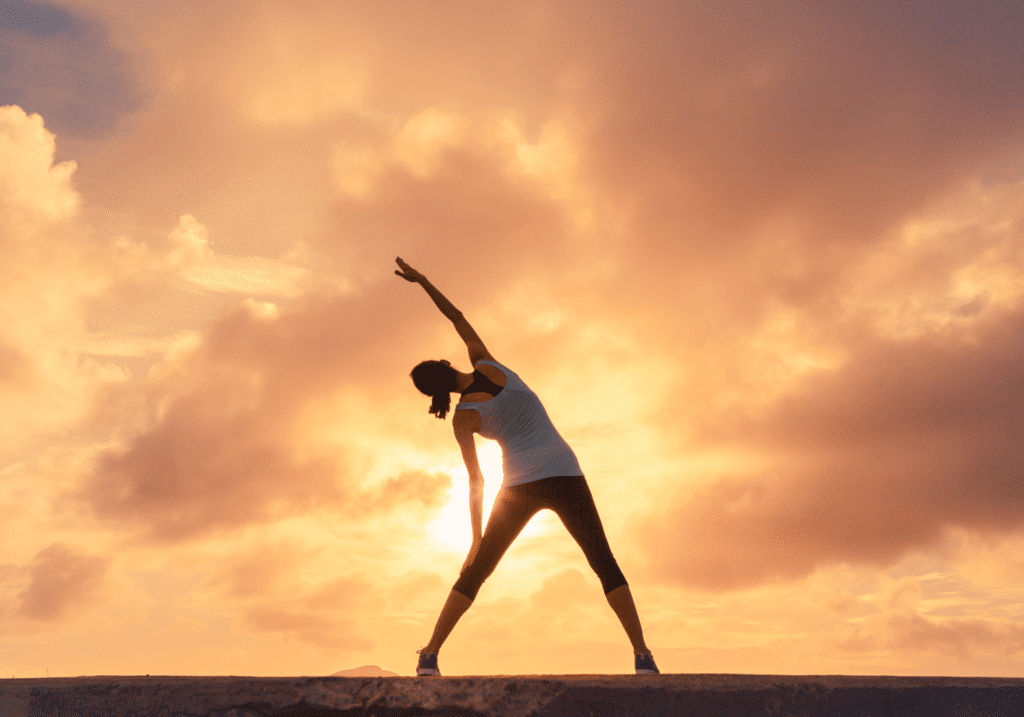

Isometrics could be counted as resistance training, but they are so varied that they deserve their own category. Basically, isometric exercise is using a static object as the resistance to your body.
Take, for example, a brick wall. Due to its strength, it is perfect for this type of training. You can then push against it, pull it towards you, or hold onto it for long periods of time.
The constant pressure you put on the object will help you save your muscle gains because of the force that is exerted on it by them.
Keep Tabs On Your Activities
Although this doesn’t affect your physical body, it does make it easier to track how well you are maintaining your body and what it needs for that maintenance.
If you have a busy day out and about a beautiful city, you may not have time for exercise. And that is okay and should be documented.
If you keep a record of your daily activities, you can then move your needed exercise to a different day. This way you keep up your fitness maintenance, even if it isn’t every day.
This is particularly useful when you are planning out the legs of your journey.
For example, you may spend a whole day wandering around gorgeous museums, but other than walking, you didn’t get any other exercise in.
Since your cardio has been done through the walking, try to find a few minutes to do some resistance training that day or the next day and you won’t have to worry about sliding on your fitness accomplishments.
Conclusion
It’s not all that difficult to maintain your strength, endurance, and stay fit when backpacking if you just give it the right amount of attention.
You will likely get plenty of cardio and leg exercise from all of the walking, so usually, you will need to be more intentional in working your upper body.
And don’t forget how important your diet is whether you are at home or out backpacking. Indulge a little, but try not to go overboard!
As you can see, there are many opportunities to keep up your fitness routine, you just have to be willing to make it a little DIY to do so.
Happy hiking!
- How To Start HIIT Workouts [Beginner’s Guide] - May 18, 2023
- How To Sneak A Workout In While Taking Care Of Your Baby - March 17, 2023
- How To Build Your Chest With Dumbbells [Guide] - February 9, 2023


